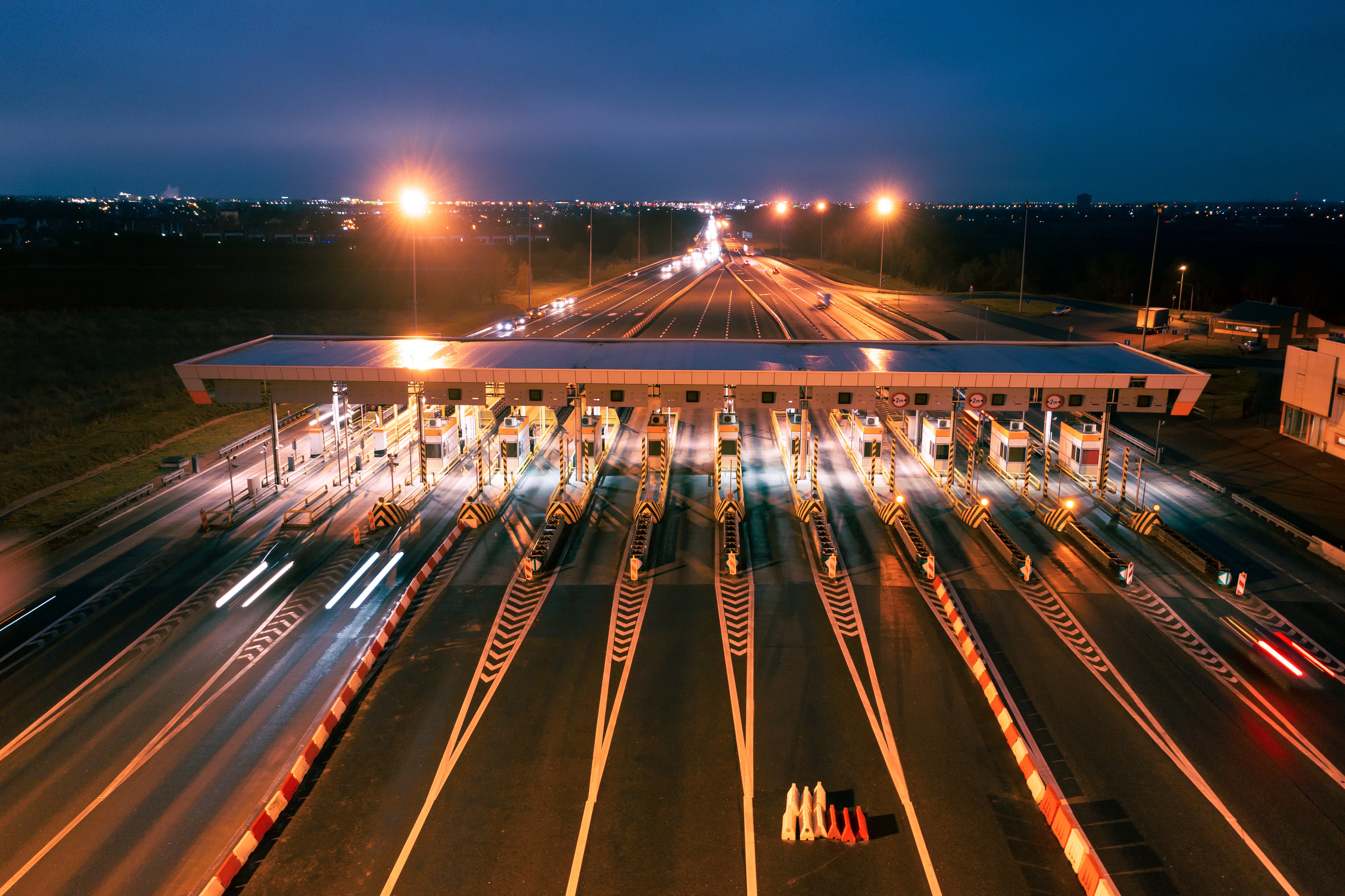The Belchen tunnel in Switzerland
The Belchen Tunnel in Switzerland
The Belchen Tunnel, an architectural masterpiece in the heart of Switzerland, not only represents a vital transport artery for the region but also symbolizes the progress and engineering excellence of modern tunnel construction. It connects the picturesque landscapes of the Jura with the vibrant metropolis of Basel, enabling faster and safer crossing of the mountainous region. At a time when mobility and sustainable transport solutions are becoming increasingly important, the Belchen Tunnel represents a fascinating example of the challenges and opportunities associated with building infrastructure projects in challenging geographical locations. The Belchen Tunnel requires a toll sticker and has a total of three tubes, although only two are in operation at any one time.
The most important things in brief:
- The tunnel represents an important north-south connection in Switzerland.
- The tunnel has a total length of 3,200 meters.
- The tunnel has three tubes each, one of which is reserved exclusively for maintenance and emergency services.
The history of the Belchen Tunnel in Switzerland
Before the construction of the A2 national highway and the Belchen Tunnel, traffic from northwestern Switzerland and Germany relied primarily on country roads leading over the Upper and Lower Hauenstein Passes to the Swiss Plateau. With the continuous increase in traffic volume, which on peak days pushed up to 3,500 vehicles through the city gate of Liestal, it became increasingly necessary to find effective solutions. Planning and extensive geological studies for a national highway through the Arisdorf and Diegt valleys, as well as the construction of a tunnel under the Belchen, developed over years. In February 1960, the project finally received official approval for implementation.
Construction and renovation of the tunnel
Between 1963 and 1966, powerful drilling machines penetrated the Jura rock, creating two tunnel tubes, each 40 meters apart. These tubes are connected by seven cross galleries, three of which serve as ventilation shafts leading to the surface. The northern tunnel portal is at an elevation of 605 m above sea level, the southern portal at 610 m above sea level, and the tunnel's highest point is 618 m above sea level. The first breakthrough was made on October 16, 1964, and the tunnel was finally opened to road traffic in December 1970.
Due to the enormous pressure caused by the hydrous anhydrite, gypsum, and clay minerals, spalling and deformations in the tunnel walls and floor soon after commissioning. This led to the tunnel being declared a rehabilitation site several times. Between 2001 and 2003, the two tunnel tubes were closed alternately to carry out extensive repair work and make necessary adjustments to the latest safety standards. During the phase in which only one tube was in operation with two-way traffic, significant traffic disruptions and long traffic jams frequently occurred on both sides of the tunnel.
The theory of the three tubes
To avoid traffic jams during renovation and maintenance work and to ensure two drivable tunnel tubes with two lanes each at all times, an additional tube will be built into the mountain next to the existing ones. On March 26, 2003, the Federal Council approved this project, which was subsequently also supported by the residents of the cantons of Basel-Landschaft and Solothurn.
In the future, the two outer tubes will be used for regular operations, while the middle tube will serve as an escape and rescue route and as a roadway during annual maintenance work. The construction site was officially inaugurated in December 2015, and the new tunnel is scheduled to begin operations in 2022. Upon completion, the two existing tubes will be repaired one after the other. It is important to emphasize that the construction of the new rehabilitation tunnel will not increase capacity. Upon completion, only two tunnel tubes with a total of four lanes will be available to drivers. The middle tube will then serve as an escape tunnel, except during maintenance work in one of the other tubes.
On February 9, 2016, construction began on the approximately CHF 500 million renovation tunnel at the south portal of the Belchen Tunnel. This tunnel is also scheduled for commissioning in 2022.
Questions and answers about the Belchen Tunnel in Switzerland
Is the Belchen Tunnel in Switzerland subject to tolls?
No, only the general Swiss vignette requirement applies here. So, you don't have to pay an additional toll. There are only two tunnels in Switzerland that require a separate toll: the Great St. Bernard Tunnel and the Munt-la-Schera Tunnel.
How many tubes does the Belchen Tunnel in Switzerland have?
The Belchen Tunnel in Switzerland has three tubes, with a maximum of two in use at any one time. These are the two outer tubes. The third is kept free for tunnel maintenance and is therefore intended only for emergency services, detours, or other access routes.
How long is the Belchen Tunnel in Switzerland?
The Belchen Tunnel in Switzerland has a total length of 3,200 meters.

